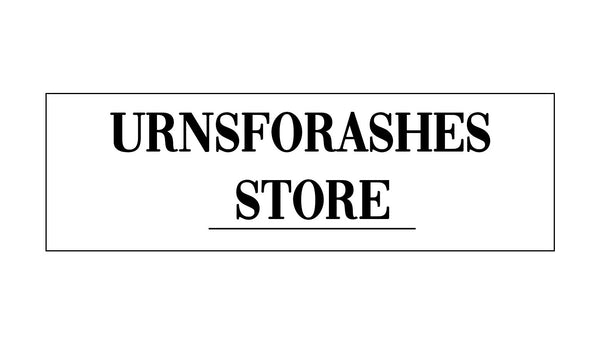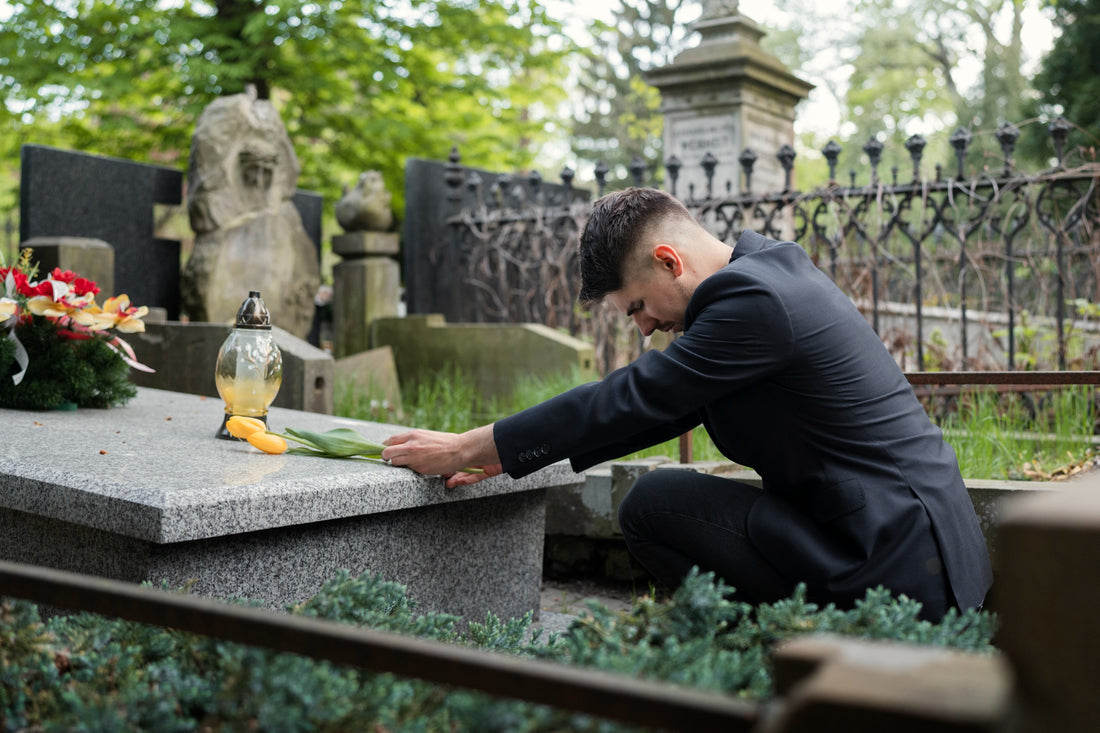Burial or Cremation: Which is Better?
When faced with planning end-of-life arrangements, deciding between burial and cremation can be a deeply personal and emotional decision. Both options have distinct advantages, costs, and cultural or religious implications. This guide explores the differences between burial and cremation, helping you make an informed choice based on your preferences, values, and beliefs.
Understanding Burial
Burial is a traditional method of laying a loved one to rest by interring their body in the ground or a mausoleum. It has been practiced for centuries and holds significant meaning in many cultures and religions.
Key Features of Burial:
-
Casket or Coffin:
A body is typically placed in a casket or coffin before burial. Caskets can vary in material, design, and cost, offering both simple and elaborate options. -
Gravesite and Headstone:
Burial usually involves purchasing a gravesite and erecting a headstone or marker to commemorate the deceased. -
Religious and Cultural Significance:
Burial is considered sacred in many religions, including Christianity, Judaism, and Islam.
Advantages of Burial:
-
Tangible Memorial:
A gravesite offers a permanent location for loved ones to visit, reflect, and pay their respects. -
Preservation of Tradition:
Burial often aligns with family traditions and religious beliefs. -
Symbolic Significance:
Many people find comfort in the physical process of laying someone to rest.
Disadvantages of Burial:
-
Higher Costs:
Burial expenses can include the cost of a casket, burial plot, headstone, and funeral service, making it significantly more expensive than cremation. -
Environmental Impact:
Traditional burials may involve embalming chemicals and materials that can impact the environment. -
Space Concerns:
Cemeteries in urban areas can face limited space for new burials.
Understanding Cremation
Cremation involves reducing a body to ashes through intense heat. It has become an increasingly popular alternative to burial due to its flexibility, affordability, and evolving cultural acceptance.
Key Features of Cremation:
-
Cremation Process:
The body is placed in a cremation chamber, where it is reduced to ashes. -
Ash Storage Options:
Families can choose to store ashes in an urn, scatter them in a meaningful location, or incorporate them into memorial items such as jewelry. -
Flexibility:
Cremation allows families to delay memorial services, transport ashes easily, or create customized tributes.
Advantages of Cremation:
-
Lower Costs:
Cremation is often more affordable, as it eliminates the need for a burial plot, casket, and headstone. -
Environmental Benefits:
Cremation avoids the use of embalming chemicals and large land use, though it still has a carbon footprint. -
Flexibility in Memorialization:
Families can choose various ways to honor their loved one, including scattering ashes, using cremation urns, or creating memorial jewelry.
Disadvantages of Cremation:
-
Lack of a Physical Memorial:
Without a gravesite, families may feel they lack a permanent place to visit and remember their loved one. -
Religious Restrictions:
Some religions, such as Orthodox Judaism and Islam, do not permit cremation. -
Emotional Perception:
For some, the idea of cremation can feel impersonal or emotionally difficult to accept.
Comparing Burial and Cremation
| Feature | Burial | Cremation |
|---|---|---|
| Cost | Higher (casket, plot, services) | Lower (cremation and urn) |
| Environmental Impact | More impactful (land and chemicals) | Lower (but includes emissions) |
| Religious Acceptance | Widely accepted | Accepted by most, restricted by some |
| Flexibility | Limited | High (timing, location, and methods of memorialization) |
| Memorial Options | Physical gravesite | Ashes in urns, scattering, or keepsakes |
Choosing Between Burial and Cremation
Consider Your Budget:
Cremation is generally more affordable, while burial involves higher costs for services, plots, and caskets. If cost is a significant factor, cremation may be the better option.
Reflect on Cultural and Religious Beliefs:
Some religions or cultures may strongly favor one method over the other. Understanding these traditions can guide your decision.
Think About Long-Term Memorialization:
Do you prefer a gravesite for family visits, or would scattering ashes in a meaningful location feel more appropriate? Personal preferences for memorialization play a key role.
Environmental Concerns:
For those prioritizing environmental sustainability, cremation or eco-friendly burial options, such as natural burials, may be preferable.
Conclusion
The choice between burial and cremation is deeply personal, influenced by financial considerations, cultural or religious beliefs, and individual preferences. Whether you choose the tradition and permanence of burial or the flexibility and affordability of cremation, both options provide meaningful ways to honor and celebrate the life of a loved one. Take time to consider your values and discuss your preferences with family to make the best decision.

